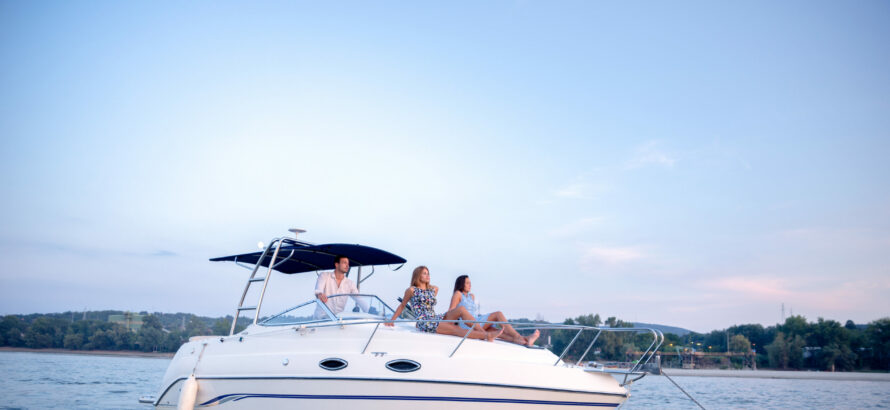
Americans aren’t going to let prices at the pump keep them from hitting the road. Whether you’re driving to grandma’s house or a national park, putting some thought into your packing will get your trip off to a great start and ensure the safety and comfort of your passengers. With this in mind, consider these suggestions from Edmunds.com, a leading site for car consumers:
Rack ’em up
You can free up much interior space with a roof rack. The safest bet here is to avoid a DIY approach. “While you may have to pay a bit extra, it’s best to buy one from the factory and have the dealer install it,” says Ron Montoya, consumer advice editor at Edmunds. It’s designed specifically for your vehicle for the best fit and function. Check the rack’s manual for tips on weight limitations. Some manuals also specify what can be loaded on the rack and how to do so properly.
Avoid cramming
As the trip approaches, make a list of what you really need. Take note of what you actually use during a week and put those items on the list. Pack gradually—or at least the day or night before—instead of jamming everything in the morning of the trip when you’re rushed. Also, cut down on necessities by calling ahead to find out what will be provided. After all, why bring a hair dryer when your resort will provide it? Or enough clothes for a week when you’ll have a washer and dryer in your beach house?
Balance your load
Distribute weight in your packing so the load is evenly balanced. Keep heavier items as close to the center as possible so the vehicle handles better. While vertical integration will save space, don’t block your rear vision by stacking items too high.
Keep refreshments within reach
Make sure you can access a small cooler during the trip with bottled water and other healthy, energy-boosting foods to avoid dehydration and drowsiness. To maintain alertness behind the wheel, eating small meals and snacks along the way is better than stopping at the all-you-can-eat buffet and becoming sleepy.
Clearly light the way
If you’re carrying a heavy cargo, consider getting your headlights adjusted slightly downward. A fully loaded trunk may cause the back of the vehicle to sag and tilt your headlights too high, blinding oncoming traffic. The rule of thumb from Edmunds: If the road signs ahead of you are brightly illuminated by your lights, you need to adjust them.
Safe Drivers Save Money Nationwide members who have at least five years’ driving experience without an at-fault accident may save up to 10 percent.



